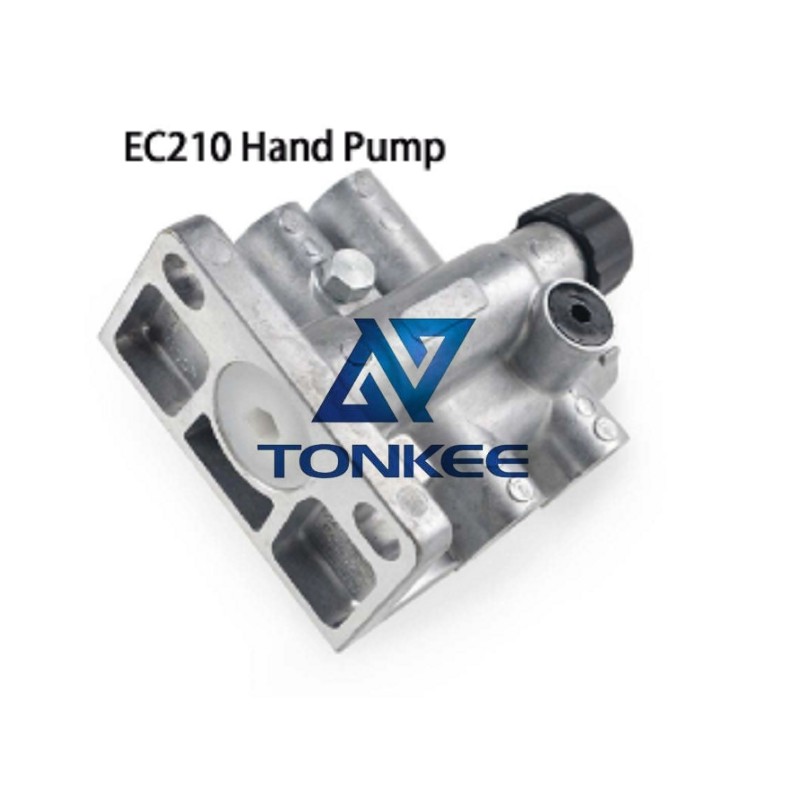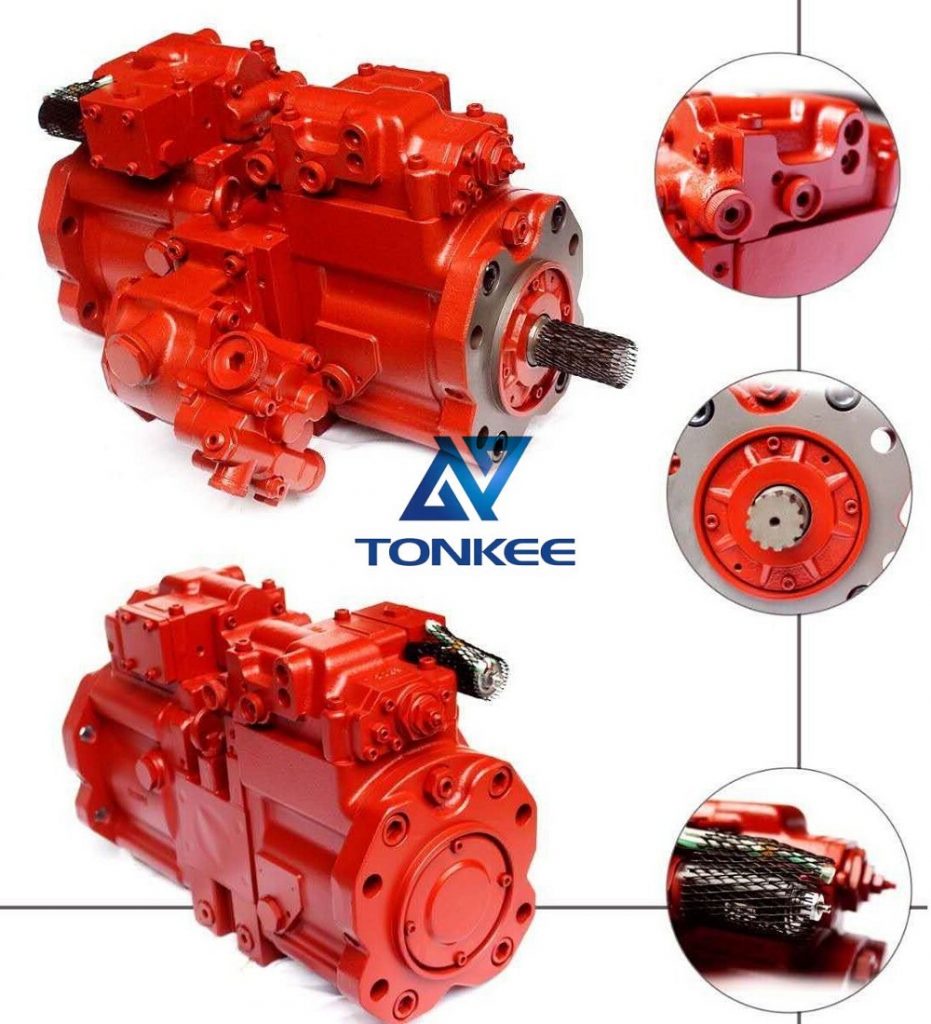
The primary function of the water pump in the Volvo EC210, EC240, and EC300 excavators is to circulate coolant, typically a mixture of water and antifreeze, throughout the engine's cooling system.
This circulation helps regulate the engine's temperature, preventing overheating and maintaining efficient performance.
Volvo's water pumps are constructed using high-quality materials to ensure durability and longevity. They typically consist of a pump housing, impeller, bearings, seals, and a pulley. The pump housing contains the coolant and guides it through the system, while the impeller is responsible for creating the necessary flow. Quality bearings and seals are crucial to prevent leaks and extend the pump's lifespan.
Compatibility:
These water pumps are specifically designed for Volvo EC210, EC240, and EC300 excavators, ensuring a precise fit and seamless integration with the engine system. Compatibility is essential to guarantee efficient coolant circulation.
Cooling Efficiency:
The water pump is instrumental in maintaining the engine's ideal operating temperature.
It circulates coolant through the engine block, cylinder head, and radiator. As the coolant flows, it absorbs heat generated by the engine's combustion process, preventing overheating and ensuring optimal performance even in the most demanding working conditions.
Impeller Design:
Volvo's water pumps feature a well-designed impeller to efficiently move coolant throughout the system. The impeller blades are carefully engineered to create a powerful flow, effectively cooling the engine. This design ensures that the pump can handle the demands of heavy-duty excavation work.
Seal and Bearing Quality:
The water pump's seals and bearings are manufactured to high standards, providing a tight seal to prevent coolant leaks and reducing the risk of contamination. This design contributes to the longevity of the water pump, reducing the need for frequent replacements.
Belt-Driven Operation:
In the Volvo EC210, EC240, and EC300 excavators, the water pump operates through a belt-driven system. This system is driven by the engine's crankshaft, ensuring a consistent and reliable flow of coolant.



 English
English Русский язык
Русский язык




